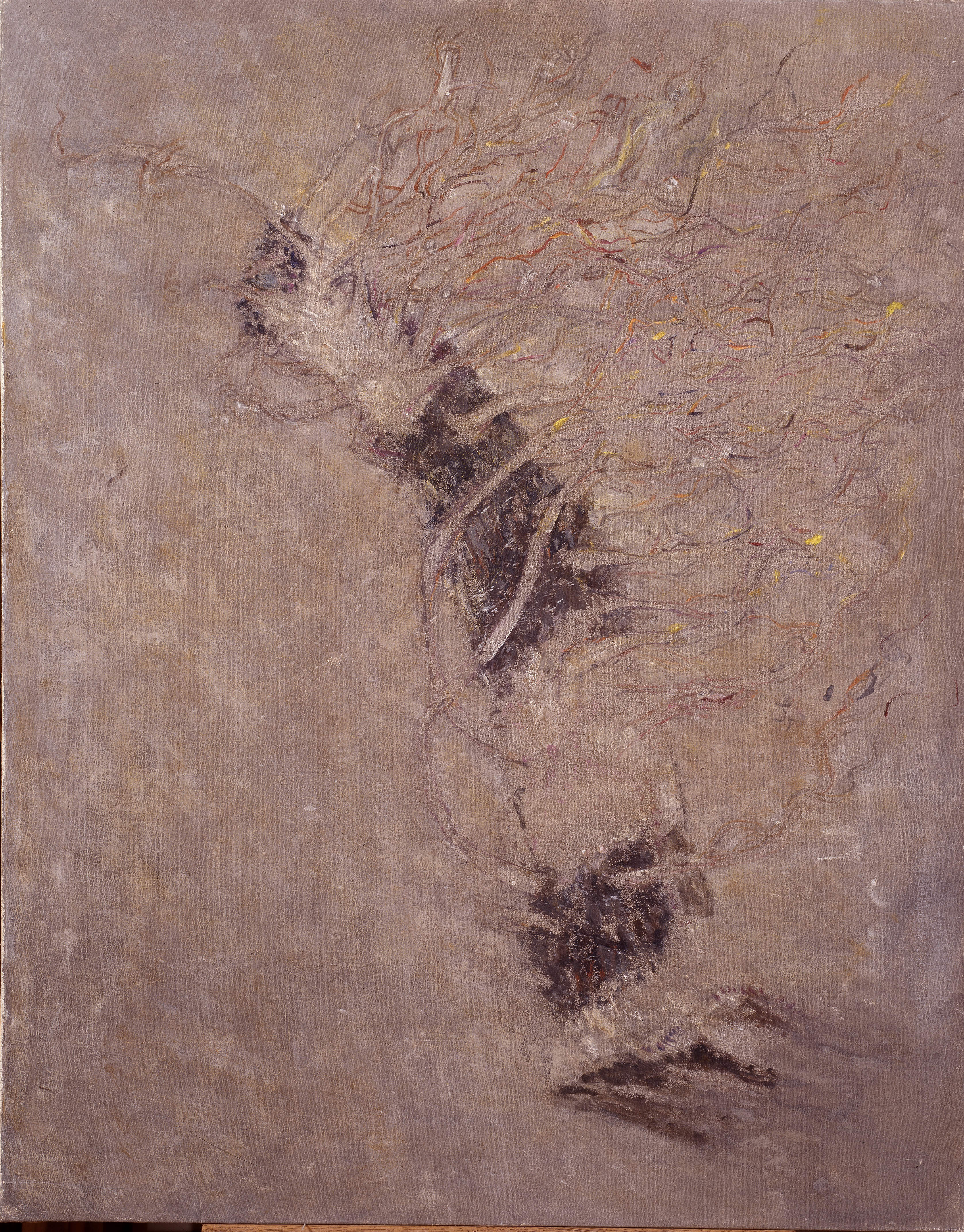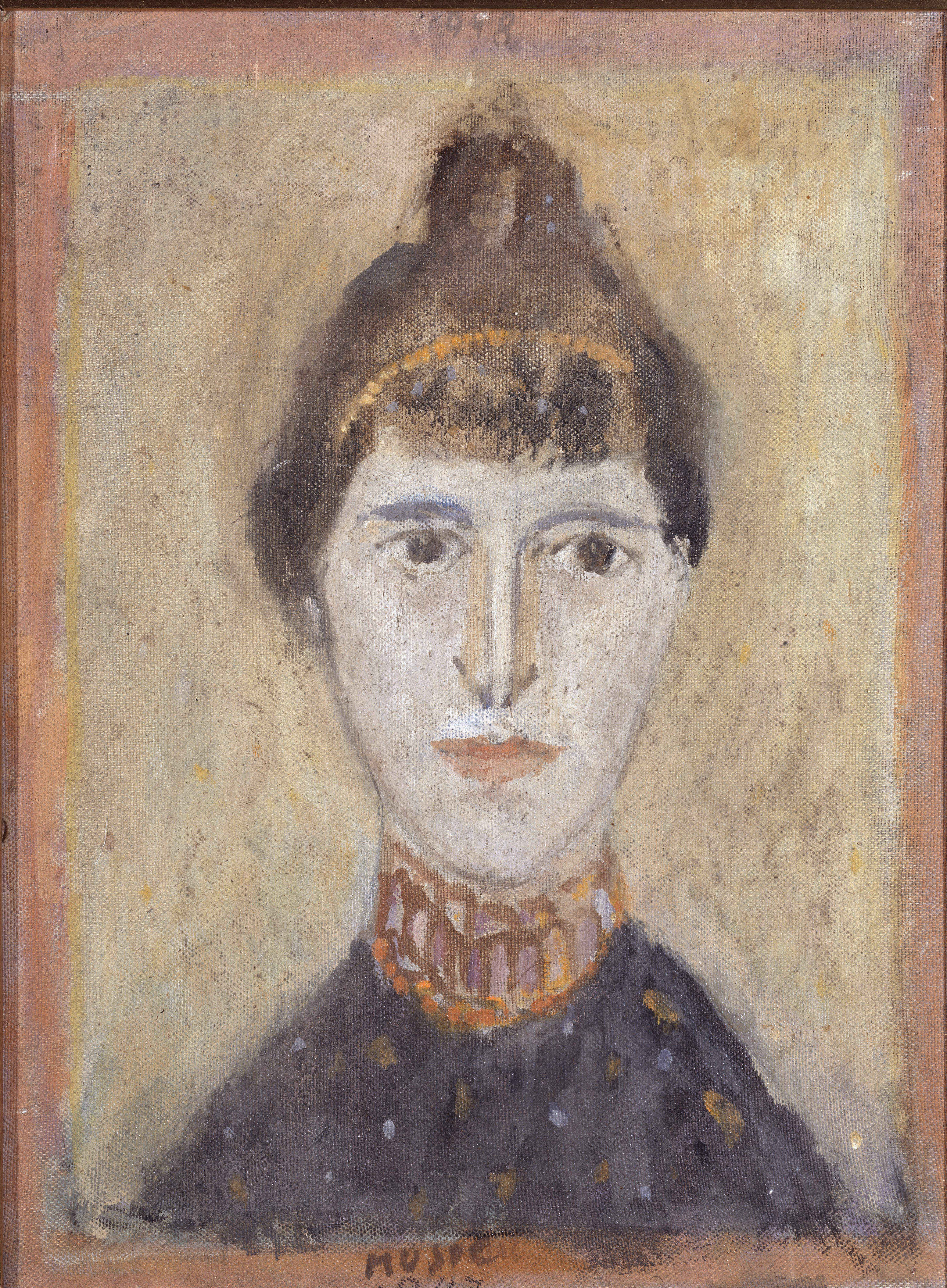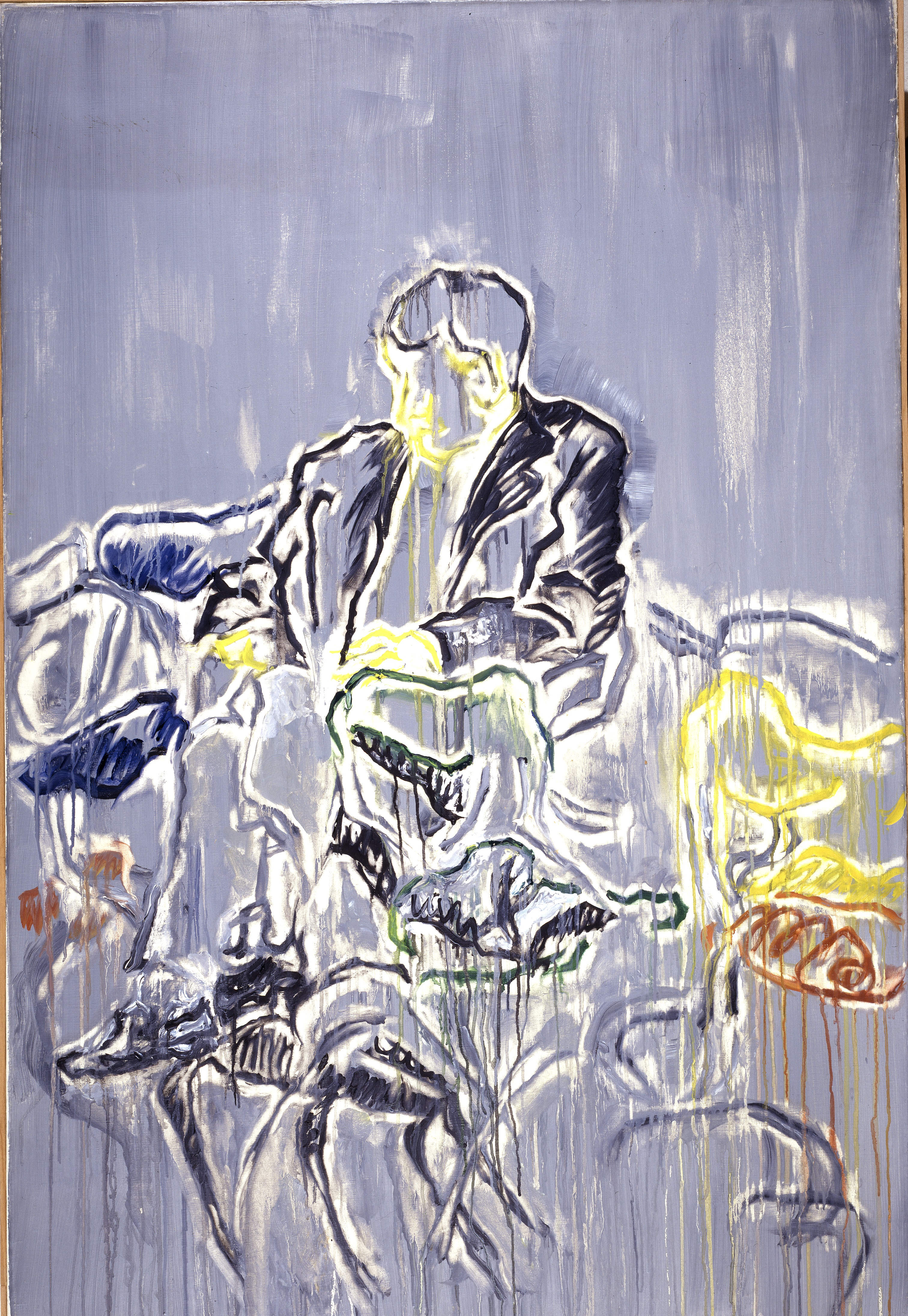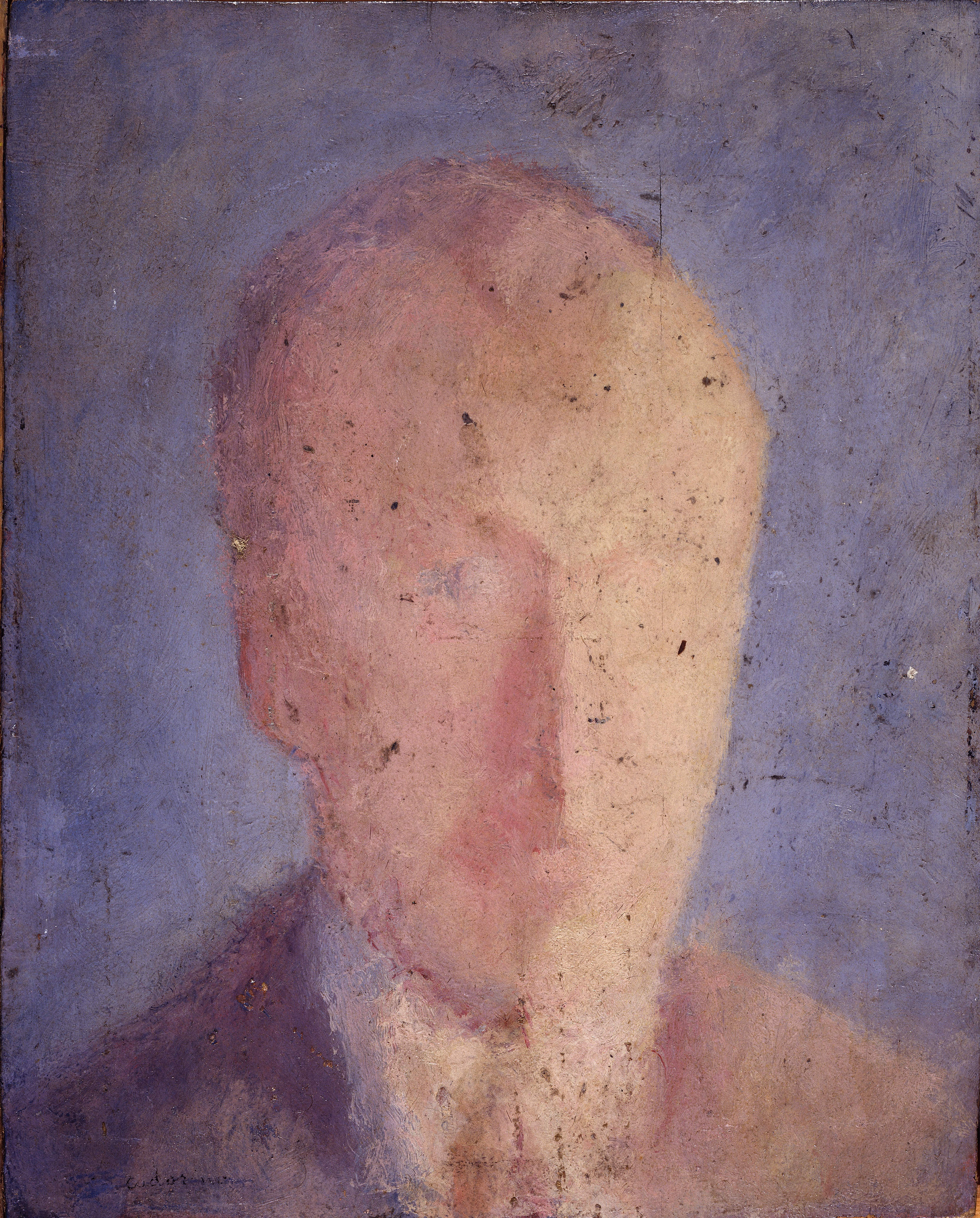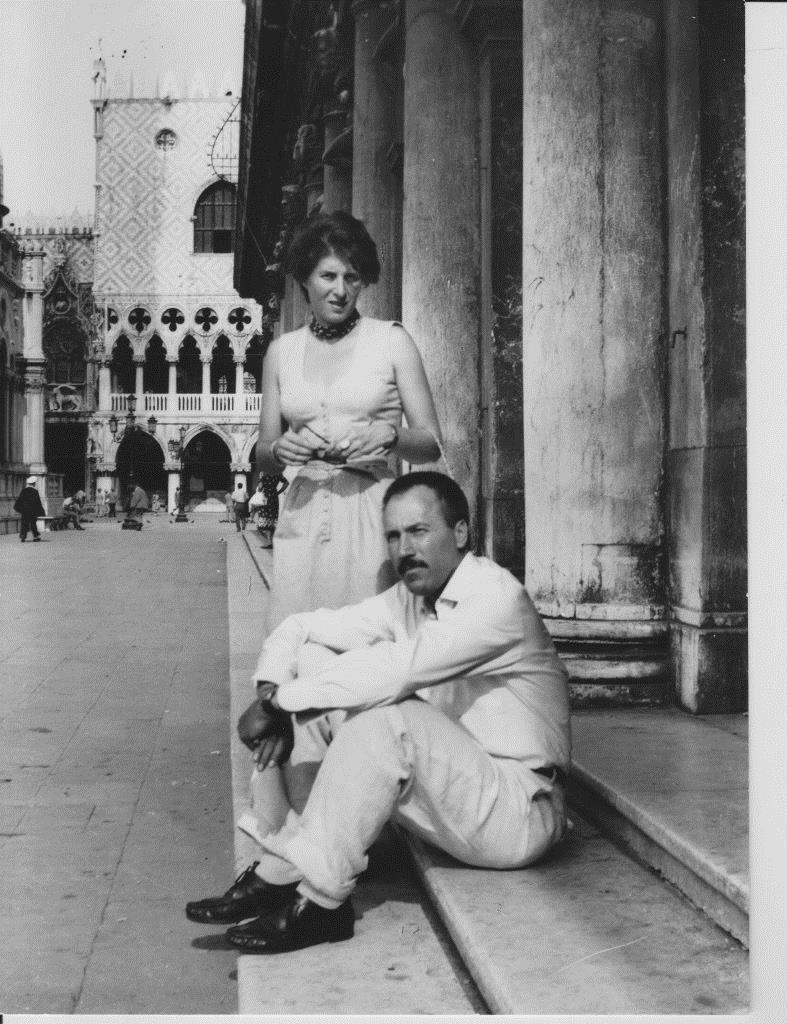Double Portrait told the unusual love story of a beautiful Venetian painter and a survivor of a Nazi concentration camp. The Estorick Collection exhibition about husband and wife artists Zoran Music and Ida Barbarigo had a particular resonance because of their relationship with Eric and Salome Estorick.
The two couples were introduced in 1952 by the artist Massimo Campigli and became good friends. Although acquainted with many artists, it was Barbarigo and Music to whom the Estoricks grew closest, visiting each other throughout their lives. The Estoricks acquired works by both artists and five works by Zoran Music form an important part of the museum's permanent collection.
Zoran Music (1909-2005) was born in Gorizia on the Italian-Slovenian border into a Mitteleuropa world shaped by the Austro-Hungarian empire. He studied at the Academy of Fine Arts in Zagreb in the 1930s, then travelled to Spain in 1935 where he stayed until the civil war broke out, copying works by Goya and El Greco in the museums. He also spent time on the Dalmatian coast, where the rocky hills of the Karst were to have a profound influence on his palette.
Ida Barbarigo (1925-2018) was born into a family of Venetian artists dating back to the 16th century (although born Ida Cadorin, she later adopted the pseudonym Barbarigo). She studied at the Academy of Fine Art in Venice and much of her work reflects this connection with the city, such as her series of Chairs, inspired by the cafés of St Mark's Square.
The couple met in Trieste in the spring of 1944 but their romance was interrupted when Music was arrested in October of that year and subsequently sent to Dachau. On his release he returned to Venice and the couple married in 1949. It was a relationship based on mutual trust and respect but they continued to lead quite separate lives. They maintained separate studios and, until shortly before Music's death, even separate apartments, meeting to dine together and to discuss the day's events each evening.
Barbarigo was Music's muse and the subject of many of his paintings; the sharing of ideas and techniques is also clear in their work, but this degree of separation allowed them both to develop and flourish as artists in their own right.
Using photographs and ephemera as well as a selection of their paintings, the story of these two connected yet distinct artists was told for the first time in the UK, providing a fascinating reflection on their tumultuous times. The exhibition was accompanied by a book of the same title by the curator Giovanna Dal Bon.
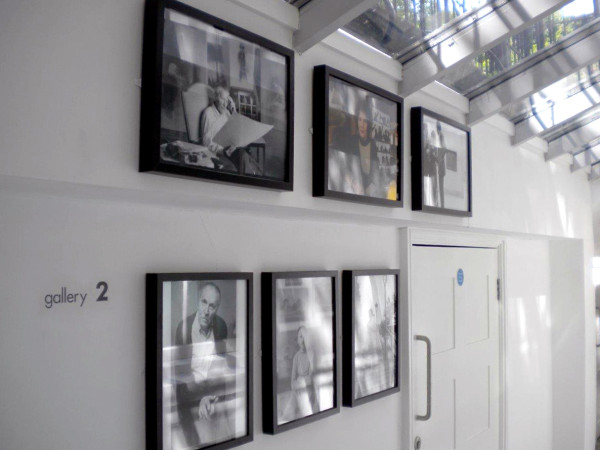
See our current exhibitions
Find out more...Discover the programme of future exhibitions
Find out more...Discover our past exhibitions
Find out more...